Exploring Quantum Collapse: Schrödinger’s Cat, Diósi-Penrose Model, and Tabletop Experiments
Feb. 04, 2025.
4 mins. read.
2 Interactions
Schrödinger’s cat meets Einstein’s gravity—can gravity explain why the quantum world looks so different from our own? A new experiment tests whether spacetime itself forces superpositions to collapse.
Introduction
Imagine a world where an object could exist in two places simultaneously, or where a cat could be both alive and dead at the same time. This paradox, introduced by Erwin Schrödinger, highlights the peculiar nature of quantum mechanics, which allows for superposition—the ability of a system to exist in multiple states until measured. While quantum effects dominate at the microscopic level, our everyday reality follows classical physics, where objects have definite states. The fundamental question remains: why does this transition occur?
The Diósi-Penrose model offers a groundbreaking perspective, proposing that wavefunction collapse is not triggered by observation but rather by gravitational inconsistencies between superposed states. A new tabletop experiment aims to test this theory by observing quantum collapse in small mirrors, potentially providing empirical evidence that bridges the gap between quantum mechanics and gravity. This article examines the significance of this experiment and its potential impact on our understanding of quantum mechanics.
Schrödinger’s Cat and the Mystery of Superposition
Schrödinger’s Cat is a thought experiment designed to illustrate the paradox of quantum superposition on macroscopic scales. In the scenario, a cat is placed in a sealed box with a vial of poison that will be released depending on the quantum decay of a particle. Until observed, the cat remains in a superposition of both alive and dead states. The paradox challenges the applicability of quantum mechanics to large objects, prompting various interpretations.
One solution is the Copenhagen interpretation, which suggests that observation collapses the wavefunction into a single reality. Another is the many-worlds interpretation, which posits that all possible outcomes occur in separate, branching universes. However, the Diósi-Penrose model provides an alternative, arguing that superposition collapses due to gravitational effects, not observation.
The Diósi-Penrose Model: A Gravitational Explanation
Unlike conventional interpretations, the Diósi-Penrose model asserts that wavefunction collapse results from fundamental inconsistencies between quantum mechanics and general relativity. According to this theory, when an object exists in two locations simultaneously, it creates two conflicting spacetime geometries. Once the energy difference between these configurations surpasses a threshold defined by Heisenberg’s uncertainty principle, the wavefunction collapses.
This model suggests that collapse times are mass-dependent: small particles can remain in superposition for extended periods, while macroscopic objects, such as cats, collapse almost instantaneously. If correct, this theory would indicate that gravity plays a direct role in determining the classical behavior of macroscopic objects.
Experimental Design: Measuring Quantum Collapse
To test this hypothesis, researchers have devised a tabletop experiment using a Mach-Zehnder interferometer. This setup involves placing two small mirrors into a quantum superposition state using piezoelectric actuators. A laser beam splits and reflects off these mirrors, with single-photon avalanche diodes (SPADs) detecting interference patterns.
If both mirrors move identically, the interference pattern remains stable. However, if wavefunction collapse occurs, the pattern will shift. By precisely timing these shifts, researchers can determine whether collapse follows the predictions of the Diósi-Penrose model.
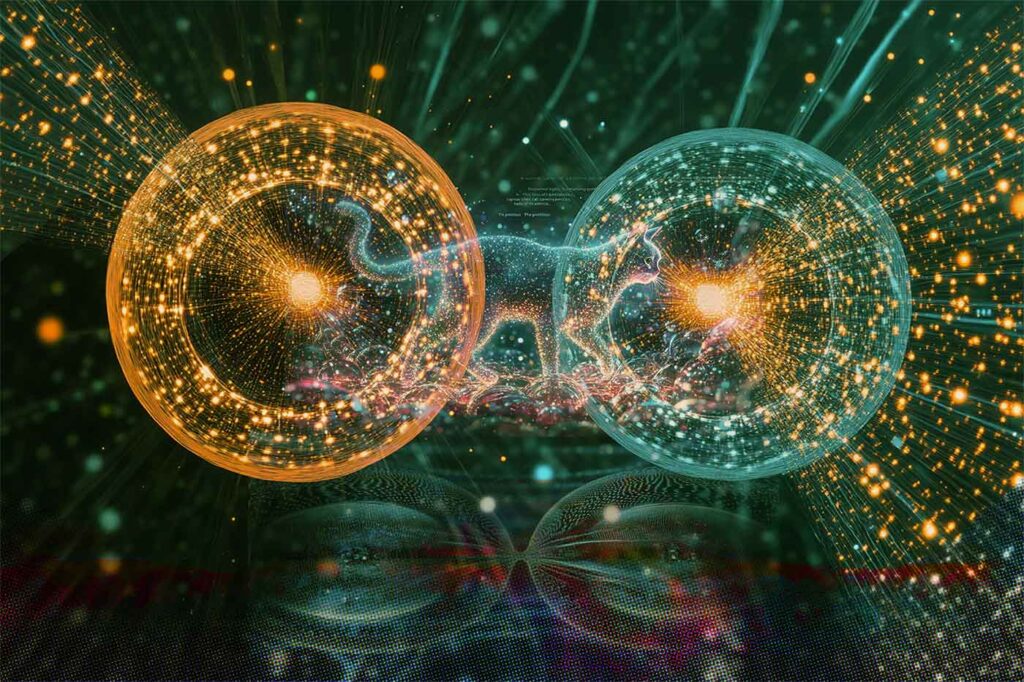
Challenges in Observing Quantum Collapse
Despite the experiment’s simplicity, several technical challenges must be overcome:
- Minimizing Effective Mass: The setup must ensure that only the mirrors enter superposition while minimizing interactions with larger components.
- Preventing Which-Way Information Leakage: Any extraneous data that reveal photon paths could introduce unwanted collapses, interfering with results.
- Mitigating Noise Interference: External vibrations, temperature fluctuations, and electromagnetic disturbances could disrupt the experiment. The setup employs a Faraday cage and cryogenic cooling to mitigate these effects.
Distinguishing Decoherence from Gravitational Collapse
One of the key objectives of this experiment is to separate gravitational collapse from environmental decoherence. Decoherence refers to the loss of phase coherence due to interactions with the surrounding environment, occurring on extremely short timescales. Gravitational collapse, by contrast, is hypothesized to depend on an object’s mass rather than its environment.
By designing the experiment with symmetric mirror movements and precise isolation from environmental factors, researchers aim to observe whether wavefunction collapse occurs independently of decoherence. A successful observation would provide compelling evidence that gravity plays a direct role in transitioning systems from quantum to classical behavior.
Conclusion
The search for a definitive explanation of wavefunction collapse lies at the heart of quantum mechanics. The Diósi-Penrose model proposes a testable hypothesis: that gravity, not observation, determines when quantum superpositions break down. The proposed experiment, leveraging high-precision optics and interferometry, represents a crucial step in experimentally probing this theory.
If validated, this research could have profound implications, reshaping our understanding of quantum mechanics and its relationship with gravity. It may also open the door to new theories that unify quantum physics with general relativity, potentially solving one of the greatest mysteries in modern physics.
References
Tagg, James, William Reid, and Daniel Carlin. “Schrödinger’s Cheshire Cat: A tabletop experiment to measure the Diósi-Penrose collapse time and demonstrate Objective Reduction (OR)” arXiv.org, February 4, 2024. https://arxiv.org/abs/2402.02618.
Let us know your thoughts! Sign up for a Mindplex account now, join our Telegram, or follow us on Twitter.


.png)

.png)


.png)

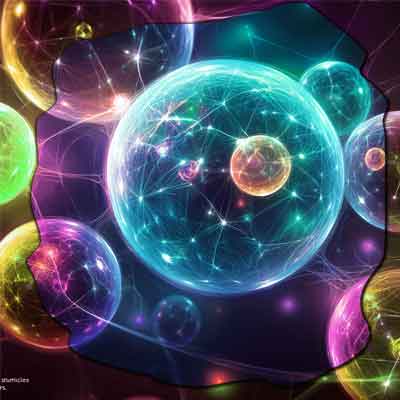
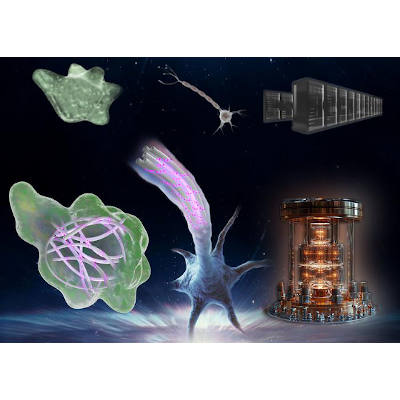
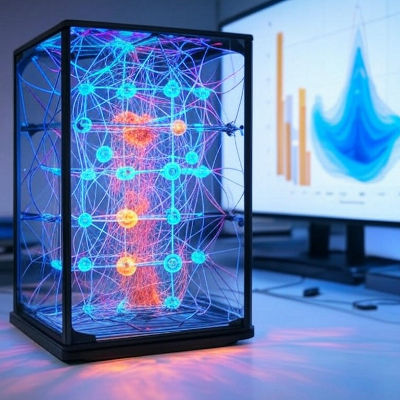
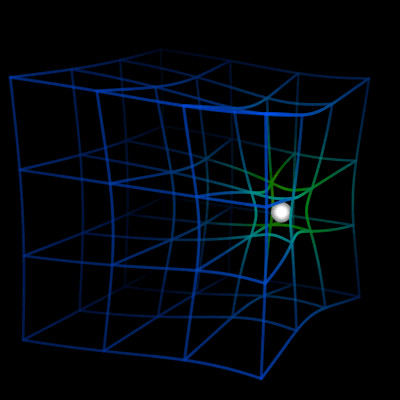
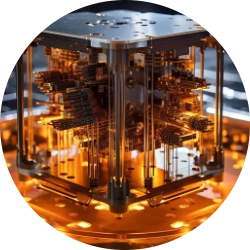

0 Comments
0 thoughts on “Exploring Quantum Collapse: Schrödinger’s Cat, Diósi-Penrose Model, and Tabletop Experiments”